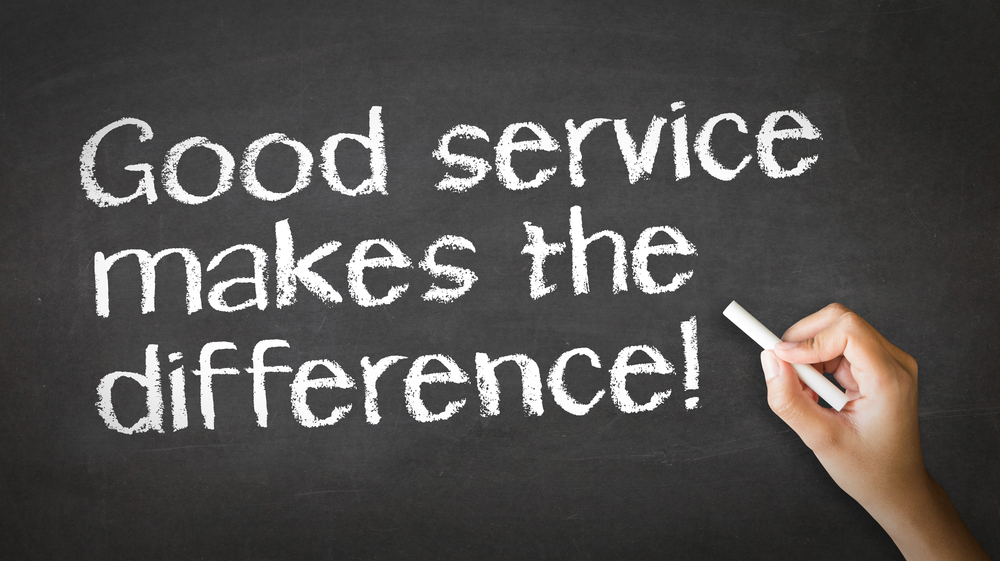
For anyone starting a small business, getting clients and customers in the door is crucial. Getting them to come back is just as important.
According to a 2011 study, 86 percent of consumers will abandon a business after experiencing poor customer service. A Bain & Company study showed that in financial services, a 5 percent increase in customer retention equals more than a 25 percent increase in profit.
“Many entrepreneurs launch businesses with a great product or service idea, and then proceed to focus on daily transactions rather than building long-term customer relationships,” said Milton Pedraza, CEO of the Customer Culture Institute. “Focusing on transactions over relationships does not breed customer loyalty.”
4 Simple Steps to Build Customer Loyalty
Let’s look at some keys to building such loyalty. Micha Solomon, author of High-Tech, High-Touch Customer Service, described how to lay the foundation in a guest post for Forbes earlier this year. His basic keys:
- Have a perfect (or as close to it as you can get) product.
- Deliver it in a caring way.
- Deliver it on time.
- Have an effective problem-resolution process.
The word “caring” is interesting here. Think about those times when you’ve experienced above-and-beyond customer service and the impression that it made. Returning to that business might become more automatic because of such positive experiences.
Cupcake Company Gives Away Secrets, Gains Brand Ambassadors
Some businesses are getting creative with ways to keep their customers interested. The New York Times recently featured a Manhattan business called Butter Lane Cupcakes, which branched out to offering cupcake-making classes. Word spread about the classes, and the audiences grew. These classes now make up 40 percent of Butter Lane’s revenue.
Why give any secrets of their cupcake success away?
“What’s really wonderful is that once these people take a class, they feel they are a part of the brand,”co-founder Pam Nelson said. “They become our ambassadors.”
Harley Davidson Masters the Art of Building a Community
Sarah Robinson, author of Fierce Loyalty: Unlocking the DNA of Wildly Successful Communities, was featured by Inc.com recently. She defined fierce loyalty as “the unshakable commitment we give to companies that we feel are an integral part of who we are, who we can’t imagine life without — companies that become an essential part of how we define ourselves.”
Robinson offers a prime example: Harley-Davidson.
“Everyone wants the kind of customer loyalty they’ve cultivated,” Robinson said. “Harley owners don’t just ride the bike. They wear the T-shirt, the hat, the tattoo. They understand each other, even if they’re meeting for the first time. Being a part of the Harley community is an integral part of how they define themselves. Harley riders won’t consider replacing their motorcycle with another brand. Why? Because that would mean giving up their place in the Harley community, and that isn’t going to happen. They are just too invested.”
That idea of community and relationships might be a crucial element. Instead of a faceless experience, creative efforts and positive interactions can make a lasting impression and increase customer retention.
“I think sometimes we forget how important it is to meet each other face-to-face,” Nelson, the cupcake maker, told the Times. “You can do a lot of marketing online, but this is a little like elections and politicians. When you shake a politician’s hand, it makes such an impact that you never forget it. And then you tell all your friends about it.”

